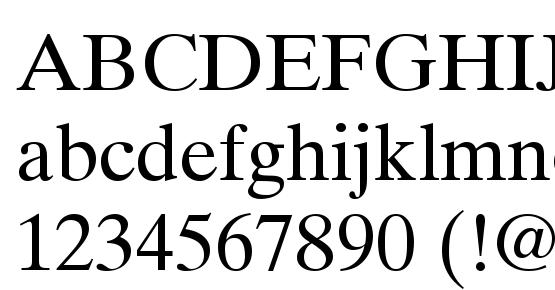

You can see the influence of Times New Roman in this sophisticated serif typeface, but it also has a distinct look of its own. Naia – Sophisticated Serif Typeface (OTF) What if you want something similar, but with a bit of a twist? Here are some fonts like Times New Roman that you can try. Times New Roman is a terrific font, but it’s a little overused at this point. Good question! We’ll be looking at some Times New Roman font examples in the next section, so read on. Which Fonts Are Similar to Times New Roman? But the name has nothing to do with monospaced fonts. The question may come up because Times New Roman was created by a company called Monotype. Generally, variable-width fonts like Times New Roman are easier on the eye. In monospaced fonts, all the characters have the same width-they were common in the days of typewriters and the early days of computer coding. Times New Roman is a proportional, or variable-width font. For more detail on the different types of fonts and where Times New Roman fits in, see this article: It’s classified as a transitional serif typeface, which means it falls between Old Style and Modern. All of this makes it easy to read even at small sizes and in dense columns of text. It’s quite condensed, and it has a high x-height and short descenders. Times New Roman is a serif typeface designed for legibility on tightly packed newspaper columns. Have some questions about the Times New Roman font family? Here are some answers to common questions about this popular typeface. And yet you’ll still see it cropping up in documents and websites-and, as you’ll discover later in this article, there are some great Times New Roman alternatives out there that you can use to harness its classic appeal while forging a design identity of your own. Designers often shy away from it these days, feeling that it’s too safe, too boring. Nowadays, with so many different options available, Times New Roman is not as dominant as it once was. So Times New Roman became the standard for everything from legal documents to school essays.
#Times roman font glyphs software
Times New Roman was also the default font in Microsoft Word for many years, and Word was the default software for anyone creating documents in those days.

Look at a website from 1997, and chances are it uses Times New Roman. In the early days of the internet, websites could only use a handful of fonts, and Times New Roman was one of them. Since 1972, the Times New Roman font family has taken on a life of its own, achieving fame far beyond the world of newspapers. All of the new fonts have still been based on Morison’s original Times New Roman design. The Times continued to use Times New Roman for another 40 years, before coming up with a new design in 1972 and going through several more redesigns since then. Times New Roman Italic, compared with its influences. He used the Perpetua, Baskerville, and Plantin typefaces as inspiration in his design, but made substantial changes to create a unique font that would stand the test of time.

The Times had commissioned printing company Monotype to redesign its typeface a year earlier, and designer Stanley Morison recommended a more robust, modern design to replace its 19th-century predecessor. The Times New Roman font family is ubiquitous today, but where did it all begin? The typeface made its first public appearance in British newspaper The Times on 3 October 1932. But first, let’s go through a quick Times New Roman history. In this article, we’ll look at a selection of fonts similar to Times New Roman. It’s the default option, but who wants that?īy choosing a font that shares certain Times New Roman characteristics but also has an identity of its own, you get the best of both worlds: classic style, with a contemporary twist. You can find Wensley and other great Times New Roman alternatives on Envato Elementsīut the very familiarity of Times New Roman means that it’s become something of an uninspired design choice. The classic Times New Roman font family has been used everywhere from newspapers to popular desktop publishing software, and it’s now become instantly recognisable. Fonts similar to Times New Roman are growing in popularity, and it’s easy to see why.


 0 kommentar(er)
0 kommentar(er)
